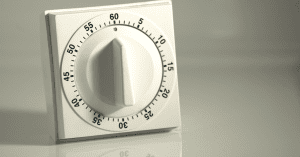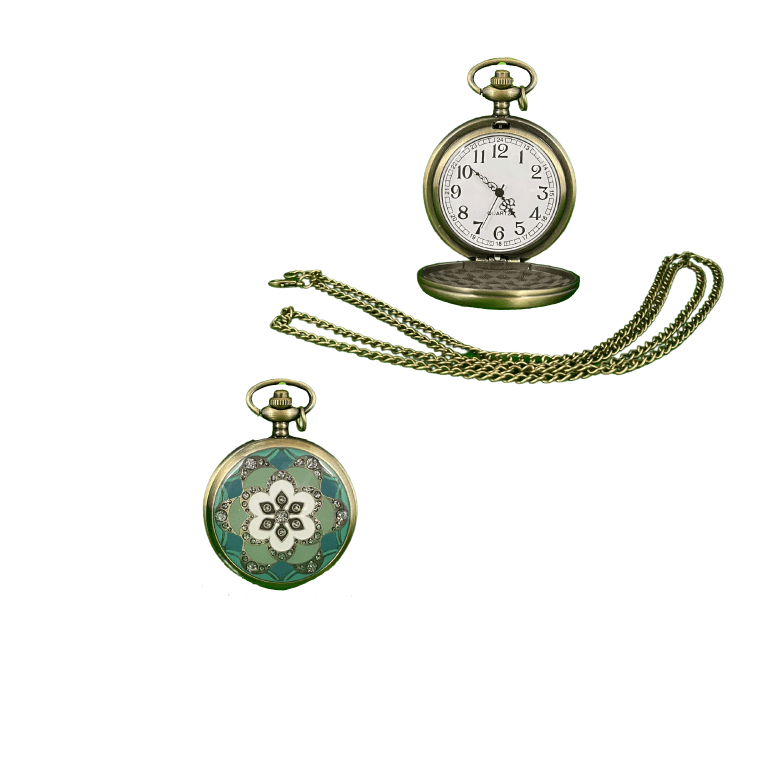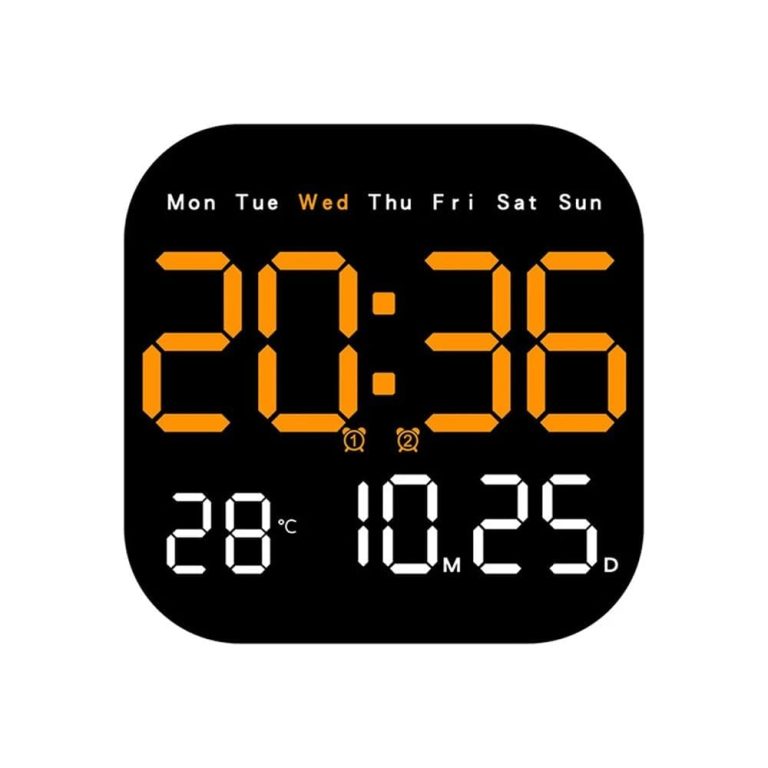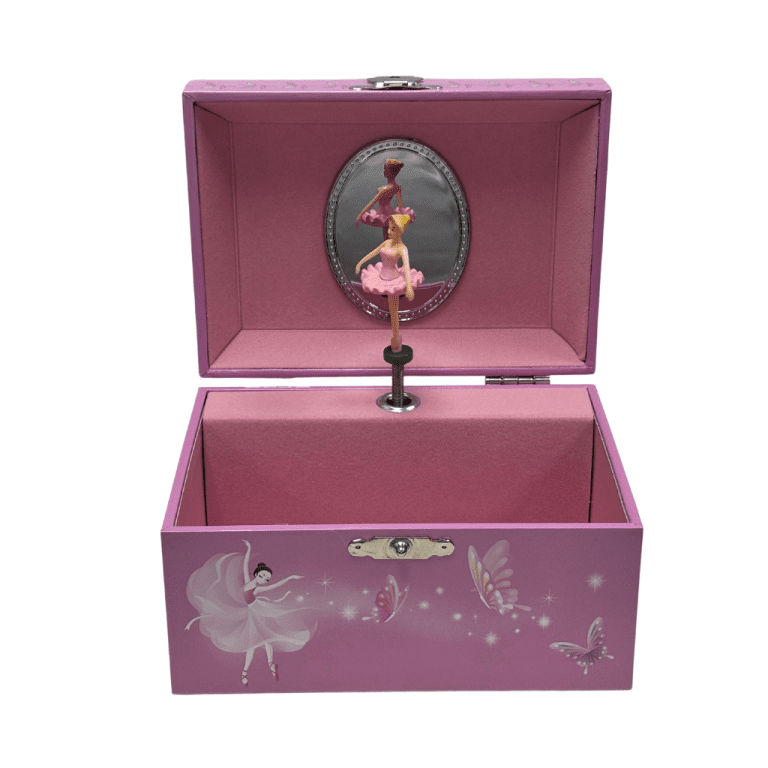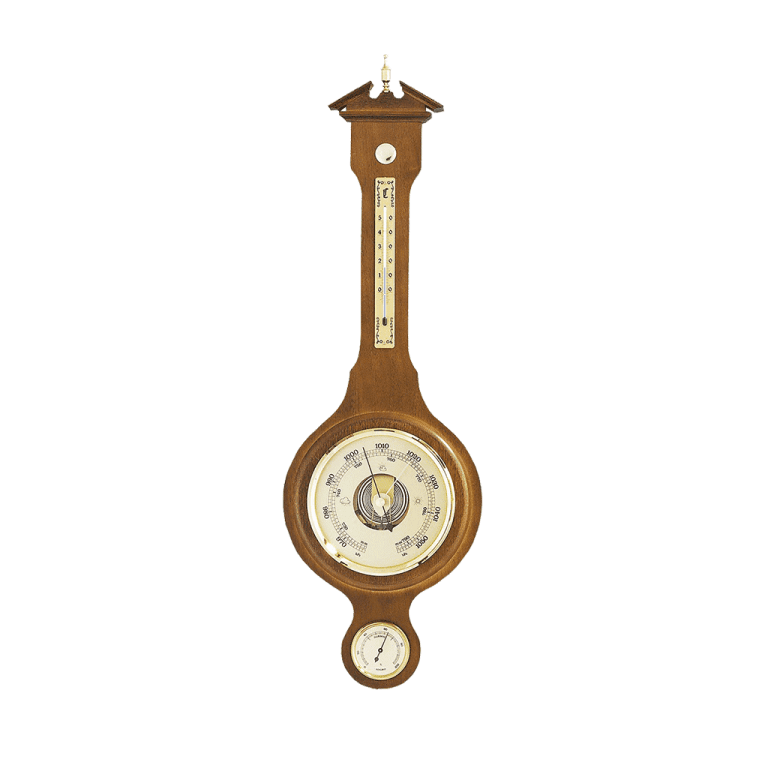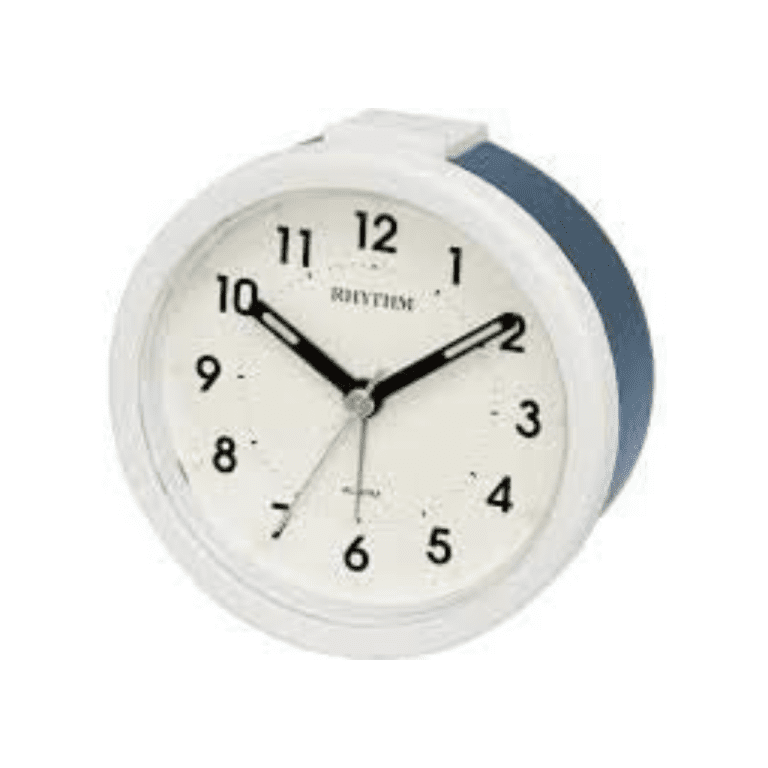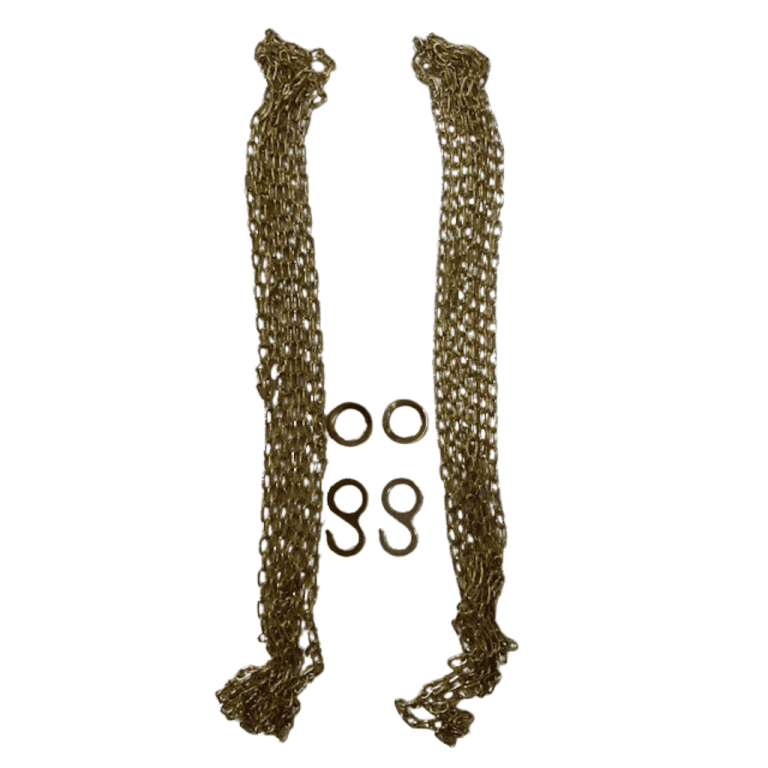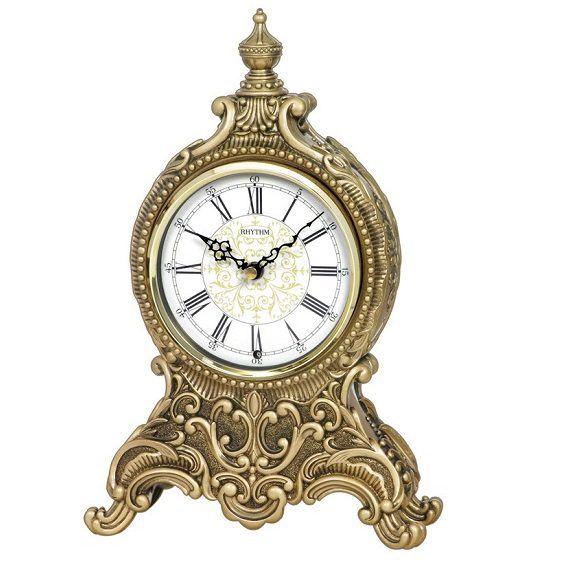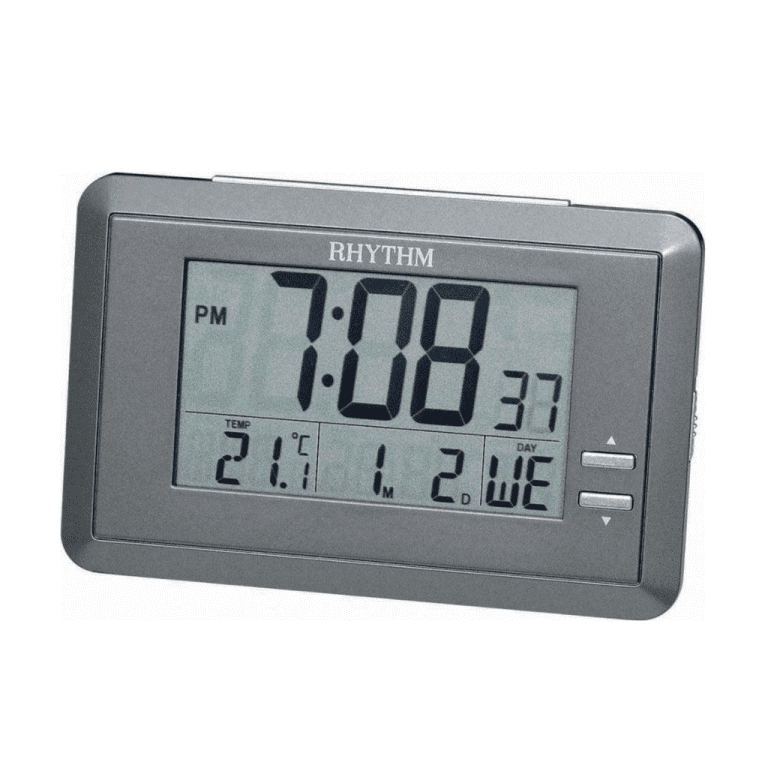~1650s – Early Origins
- The first known cuckoo clocks are believed to appear in the Black Forest region of Germany.
- Local craftsmen combine woodcarving with clockmaking, using bellows and whistles to mimic the cuckoo bird’s call.
1730s – Standardization of Design
- Black Forest clockmaker Franz Anton Ketterer is often credited with refining the cuckoo call mechanism.
- Cuckoo clocks begin to spread across Germany and neighboring countries.
Mid-1700s – Growing Popularity
- Clocks become more widely produced, featuring hand-carved decorations like leaves, animals, and hunting scenes.
- They become popular exports, admired across Europe.
1800s – Chalet Style Emerges
- The famous “chalet-style” cuckoo clock appears, designed to resemble Alpine houses.
- Carvings become more detailed, showcasing village life, dancing figures, and music boxes.
19th Century – Global Recognition
- Cuckoo clocks become symbols of German craftsmanship and are exported worldwide.
- Black Forest families rely heavily on cuckoo clock making as a source of income.
20th Century – Industrial & Artistic Expansion
- Factories and workshops mass-produce cuckoo clocks, making them more affordable.
- Some designers experiment with modern styles, while traditional carved clocks remain popular.
21st Century – Tradition Meets Innovation
- Cuckoo clocks remain beloved souvenirs and heirlooms.
- Contemporary versions feature modern shapes, quartz movements, and even digital adaptations, while handmade wooden versions continue to thrive in the Black Forest.
From rustic village workshops to global homes, the cuckoo clock has evolved for centuries, remaining a timeless blend of function, artistry, and cultural heritage.


